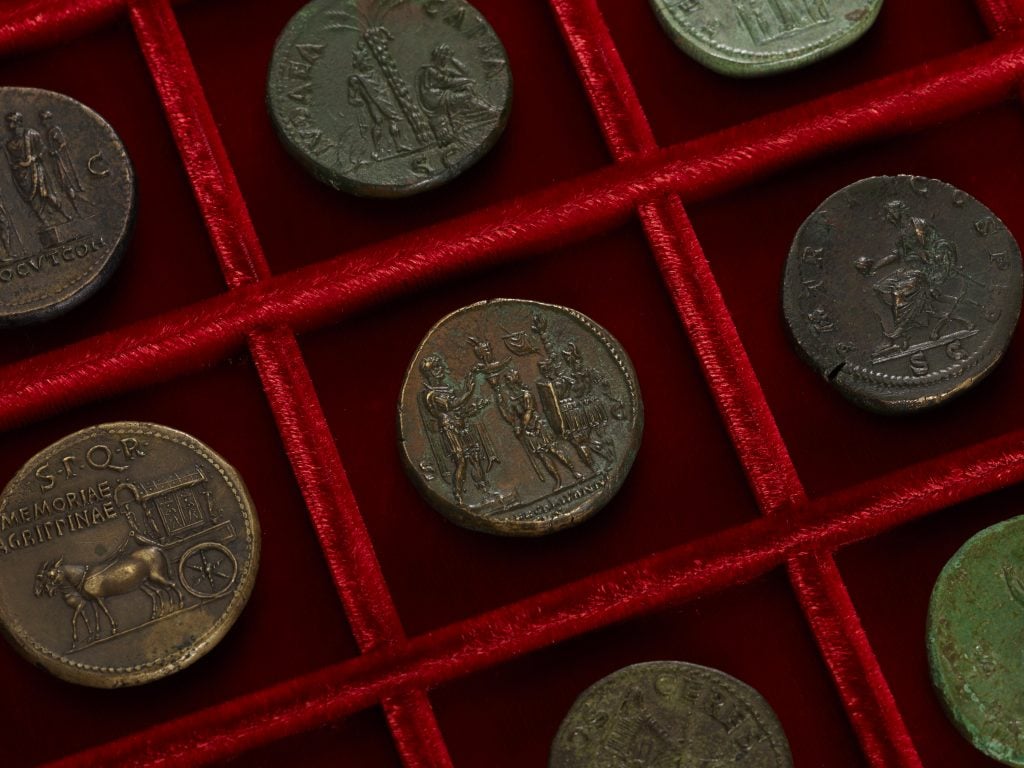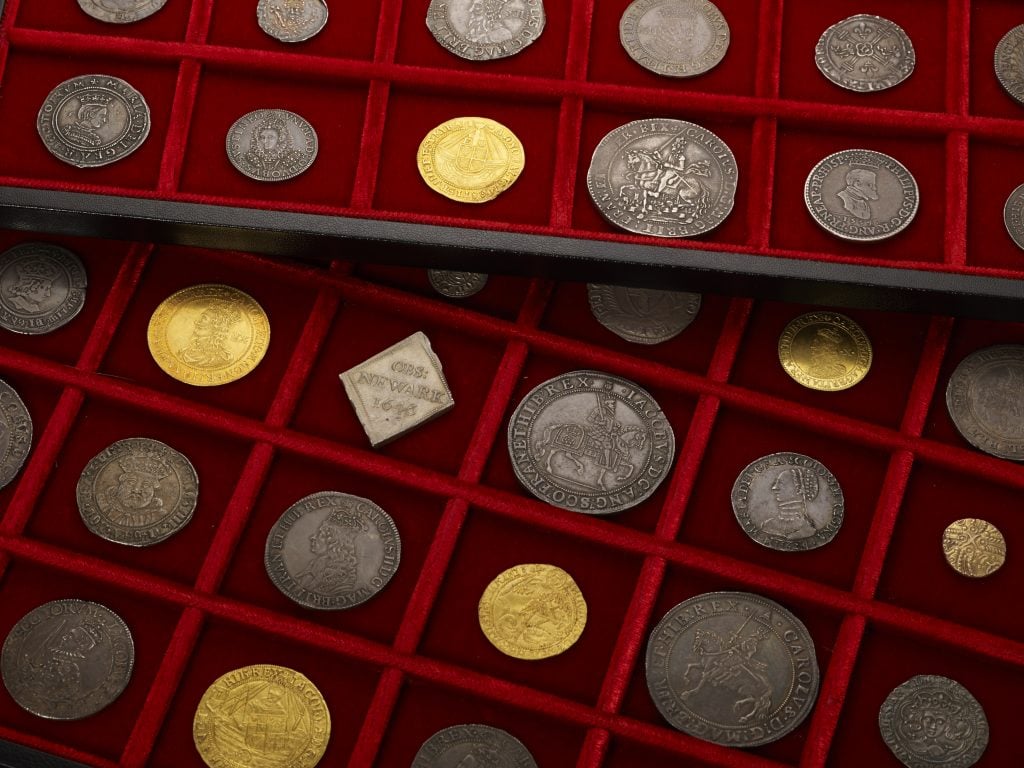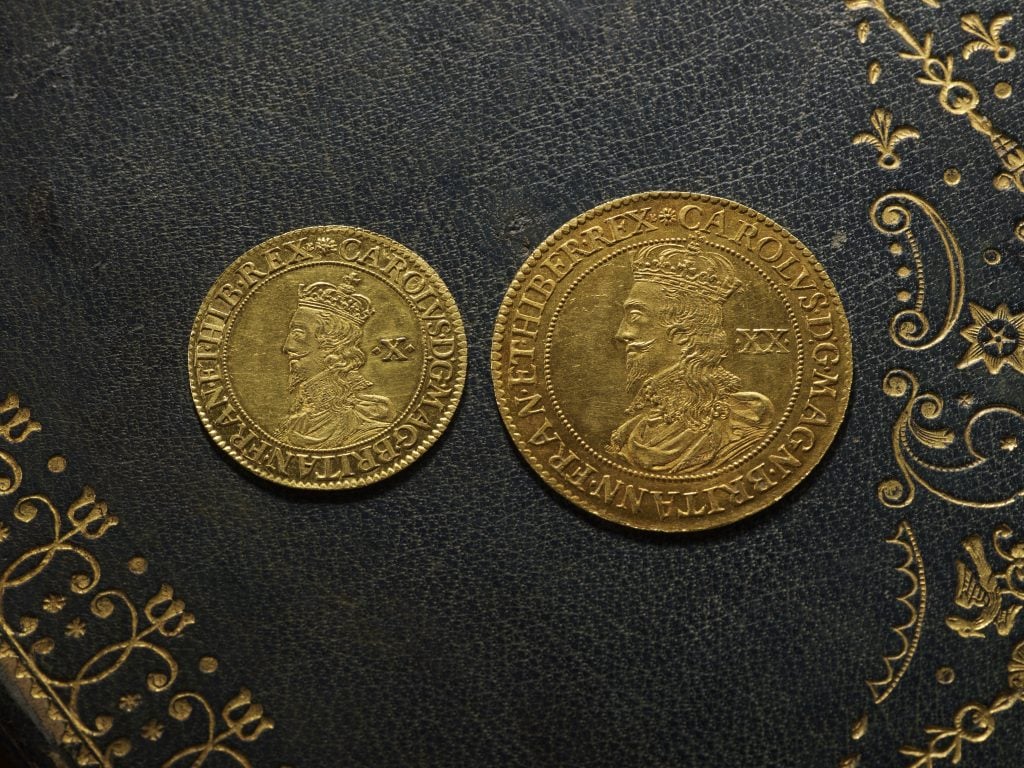Auctions
A Historic Trove of Ancient Roman and British Coins Is Headed to Auction
The rare collection will be up for auction in Zurich in May and October.

The Cope Collection of Roman and British coins includes rare and significant examples that bear witness to some of the most significant moments in British history. In May, and again in October, the historic collection will be going under the hammer for the first time. David Guest, the director of the Classical Numismatic Group, pointed out the scope of the sale, calling it “one of the most significant dispersals of British coins in decades. Every era of coin production in the British Isles is represented in the collection.”
Encompassing some 1,000 coins, the collection was amassed over the course of half a century by Geoffrey Cope, one of Britain’s most successful and well-respected numismatists who published several articles for the online publication CoinWeek. The collection is now in the hands of his son, who told the Express that each coin is “a miniature work of art with hundreds or in some cases thousands of years of history behind it,” adding that he hopes that “new collectors will be able to find as much joy in these coins as they brought to him and to my family.”

Selection of British coins from the Cope Collection. © Stephen Wakeham.
Highlights from the 170 Roman coins include a rare bronze sestertius of Emperor Hadrian, struck in 130 C.E., following the completion of Hadrian’s Wall, a defensive border that stretched across 73 miles in the north of England and which had been under construction since 122 C.E. The coin had previously been displayed in the British Museum and shows Hadrian’s portrait on one side and the Emperor addressing his army on the reverse.
Significant inclusions in the hoard of 800 British examples include a 1544 testoon (shilling) of Henry VIII based on his portrait by Hans Holbein the Younger, made between 1536 and 1537. This coin marked a key moment in Tudor history, the Great Debasement, in which, due to lack of funds, the treasury introduced cheaper metals into coins previously made of sterling silver. The coin is considered the finest to exist from that moment in history, and Cope spent his lifetime searching for it.
Another star is the “numismatic marvel” Petition Crown of Charles II, which was struck in 1663 and is expected to fetch $750,000. The coin—which is so detailed that veins can be spotted on the King’s neck—was struck by the celebrated medallist Thomas Simon as a petition to have the King rehire him as the sole chief engraver of The Royal Mint.

Charles I coins from the Cope Collection. © Stephen Wakeham.
The collection will be put up for auction in Zurich in May and October in collaboration with the coin firms Numismatica Ars Classica, Classical Numismatic Group, and Numismatica Genevensis.
The coins are described as being in a “remarkably high state of preservation, with a significant number considered to be the finest known examples in existence.”
“The Cope Collection is a truly remarkable collection containing some of the finest Roman and British specimens in existence,” said Numismatica Ars Classica’s director, Arturo Russo. “These coins are spectacular not only for their artistic representations of important moments in Roman and British national history, but also for their pedigree.”





